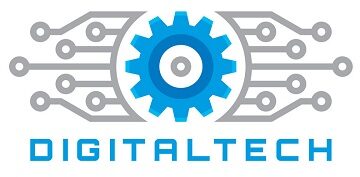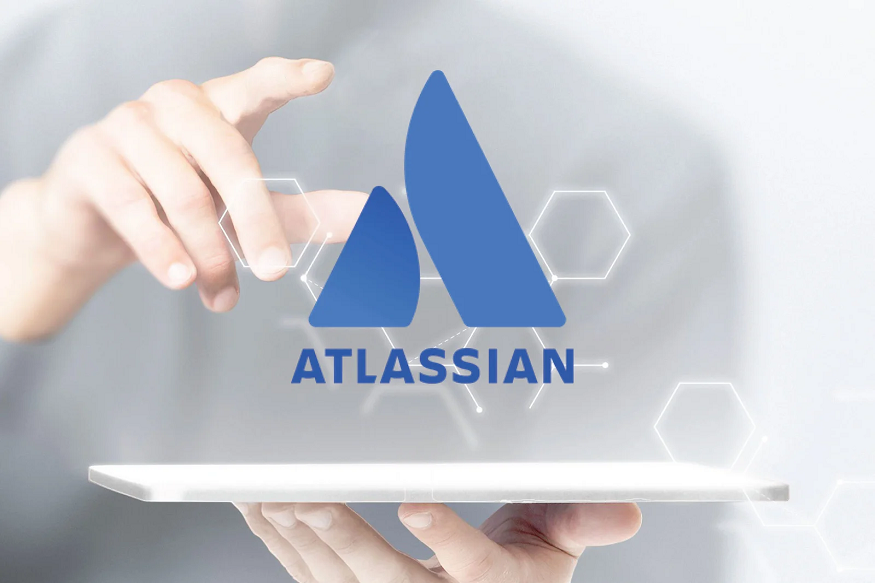
What is remote monitoring?
Over the years, the working environment has changed tremendously, especially with the introduction of remote work, which has several benefits to both employees and employers. This shift offers a myriad of benefits, including flexibility, less time spent on commuting, and lower expenses. However, there are issues that come with that freedom, especially the absence of direct supervision. Some employees’ commitment may decrease, resulting in a loss of productivity known as time theft—taking extended breaks, sitting idle, or working but reporting other hours. Close to 75% of American companies suffer from this issue and lose roughly $400 billion every year as a result of unproductive time. In a bid to control these losses and improve productivity, many businesses have adopted remote monitoring technology. This article analyzes the impact of remote work monitoring on relations within the organization, discussing the advantages and disadvantages of such systems with privacy issues.
How Digital Supervision Came to Life
Remote supervision is the monitoring of employees outside the pre-existing office spaces using technology. With the correct application of remote supervision tools, employers are able to monitor work performance to ensure that company objectives are met. These systems track activities as well as enhance cybersecurity by monitoring users and blocking risky behavior that could damage the systems. For example, there are systems that monitor device compliance, confirming that equipment is used for its intended purpose. Some managers are even able to set what constitutes productive inputs for specific positions, allowing for accurate measurement of efficiency. Such a level of supervision enables nonprocrastinating workers to be more productive and increases overall output.
Improvement of Trust and Accuracy
One major benefit of digital supervision is it eliminates the guesswork that surrounds supervision. Poorly marked time sheets elevate an employee’s reputation at the expense of the company’s good standing. With automated tracking, there is no need for approximations as one gets actual records of time spent doing the work. This type of accuracy increases the level of trust with clients as there is data instead of estimates. Consider the case when a certain team member’s contribution is measurable. A manager will be able to understand where to focus resources and where there are issues. By implementing strong control systems for remote workers, the executive with Controlio has an opportunity to manage productivity without being overly controlling and providing needed freedom at the same time.
Striking a Balance Between Privacy and Performance Targets
Even though there is no denying the advantages, the risks to privacy remain significant. Employees may feel uncomfortable knowing their behavior is being monitored and may feel that monitoring goes beyond reasonable limits. The answer is in communication—clearly saying what is tracked, the reasons for tracking, and how it helps everyone. Companies can choose custom-designed systems where the degree of monitoring can be configured. For example, do we really need to track every keyboard press or take screenshots of chats that are not work-related? In most cases, monitoring that concentrates on work-related activities within reasonable working hours suffices. Through routine evaluations, only useful information is gathered to give the least trouble and the greatest accountability.
Designing Precise Policies
A formal remote work policy has to be there. It must specify the level of monitoring—application, project, and device usage—and state what is expected from the employees. Giving reports to employees helps in winning their trust as they can query about their own metrics. Such transparency changes monitoring from a weapon into a collaborative tool. Think of a policy where tracking is time-boxed to working hours; therefore, personal time intrusion is avoided. Such policies not only ensure privacy, but also improve staff morale as they feel trusted and not scrutinized. A more constructive approach neutralizes what could be a source of division.
Applications Specific to the Industry
When it comes to the amount of control exerted, there seems to be a difference with each sector. In technological areas, meticulous supervision may guarantee the quality of code or that project deadlines are met, while creative fields may opt for flexibility. Creating systems designed to match jobs is crucial. For example, a graphic designer may only be able to achieve productivity with a good deal of inspiration, while a customer service representative’s productivity is dictated by the number of calls answered in a period of time. By meticulously matching parameters of software like Controlio with industry specifics, companies ensure optimum value with minimal loss to positive attributes.
Encouraging Engagement and Loyalty
With careful planning, remote control can do more than set rules—it encourages engagement. Employees engaged in a transparent system are often more productive because they feel their efforts are positively acknowledged, so this can improve retention because employees feel supported instead of suffocated. The ability to view their current performance gives them the chance to take corrective action, therefore encouraging ownership within the company. Further their loyalty by adding additional perks such as working from home, or recognition as a top performer. The outcome? A highly productive, dedicated team achieving success for the organization in the long haul.
Examining the Possible Drawbacks/An Adverse Narrative
Every approach comes with potential risks. Extreme watching can foster anger, while a system error could result in effort data being skewed. This could be resolved by selecting dependable systems with good customer support willing to offer help simplifying the issue. Tracking should be restricted to only vital areas such as time and resources instead of every move being made. Increased communication is helpful, so employees should be enabled to voice concerns and favorable changes that should happen. Such communication makes sure the system goes through development that removes concerns while retaining its initial aim, which is to increase productivity tracking for remote teams without lowering confidence in the employees.
Foresight
When done properly, remote supervision manages to combine the freedoms and burdens with ease. The emphasis here is not on command, but on allowing an organization to be more proactive, by providing it with the necessary information needed to function efficiently in a distributed work environment. Companies can capitalize on that without ostracizing their workforce simply by lowering their level of control, providing transparency, personalizing specific approaches, and paying special attention to privacy. There is a lot to be gained—reduce asset theft, diminish tampering, increase productivity—while at the same time guaranteeing an active workforce. This balance will demonstrate whether true supervision benefits everyone or not, proving that, when conducted using the correct balance, it becomes the answer to the ever-changing nature of work.
Final Thoughts
Remote work is done using a different approach and strategy termed as innovation and adjusting how remote work is managed. Digital supervision can demonstrate efficacy in a certain area where no physical supervision would prove useful. The accuracy of this claim rests on its implementation. Too much compassion, clarity, and moderation on the other hand can prove unhelpful. Forget the people, and it becomes a responsibility. In the end, the objective is straightforward: deploy technology to connect workers and ensure they are united instead of being segregated.






